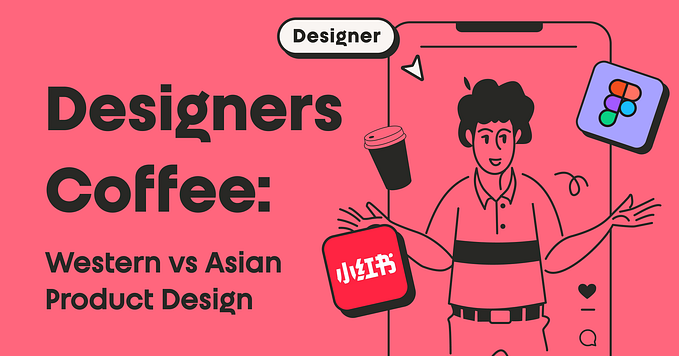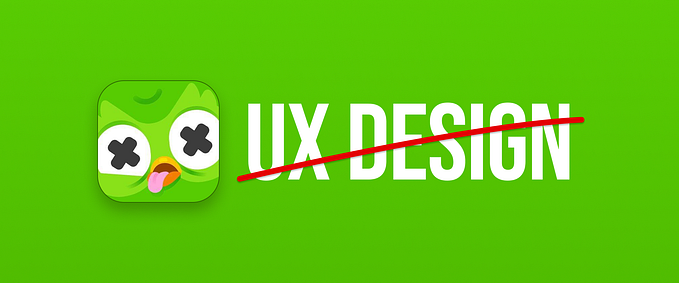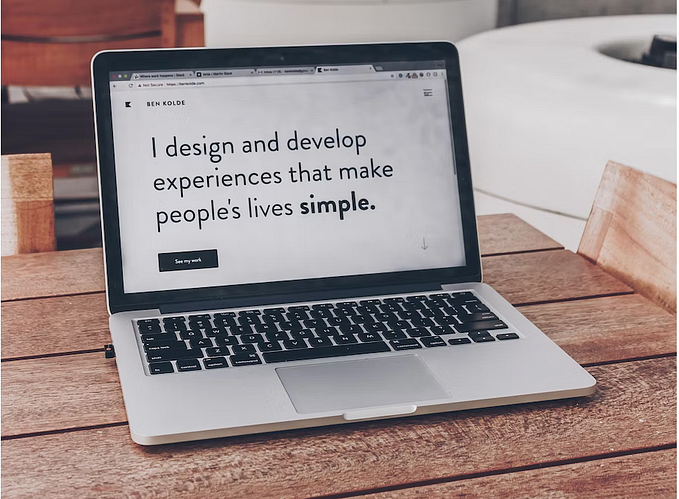Member-only story
Defending UX design decisions — 8 essential techniques
Originally published on chriskiess.com

This is the third article in a series of articles I have written exploring the management of UX design meetings. The first article in the series explored the common mistakes we make in design meetings and how to avoid them. The second article explored 9 methods to improve your design meetings. In this article, we’ll concentrate on methods you can use to defend your design.
The attack came at 10 a.m. on a Tuesday morning. The enemy wore business suits and were fueled by steaming mugs of coffee and bagels with cream cheese — bagels, ironically, you had supplied. The target: Your latest design. You were prepared for the meeting, had rehearsed and spent the past 3 weeks iterating and pushing the design forward. There was only on problem: Your defense was weak and sometimes non-existent.
You weren’t prepared when an alternative to your design was suggested. You weren’t prepared when the icons you were using came under attack or when the navigation structure was questioned. You had no alternative designs to illustrate why your proposed design was better. And, you most certainly were not prepared when one executive pulled out their smartphone to suggest you use a pattern they liked in one of their favorite apps. You had just been outflanked and overrun.
Scenarios like this have happened to me many times. I still have meetings where I walk out of what felt like a slaughter. Most of the time, it’s my fault. And almost all of the time, I could have avoided the “slaughter” with a little more preparation.
How do we adequately prepare for the defense of a design? This is exactly what we will explore in this article.
Who is the designer?
Before we delve into methods of defending and communicating your design, there is a point to be made concerning the scenario above. The stakeholders and executives are not “the enemy” as I describe them. Viewing them in this light will always have you playing defense. They are your partners in the design process and you need to form relationships with some or all of them to be successful in design.
Additionally, everyone who has any influence over the design is, in part, a designer. I…









